Finding Authenticity Amongst the Over-Rated | BootsnAll Travel Articles: "“Want to come to Sarnath tomorrow?,” my friend Evan asked, deep into his second Kingfisher of the evening. I was sitting in Varanasi’s German Bakery, hanging out with the clique of backpackers I’d befriended in my four days on the banks of the Ganges.
“Nah, I have a ticket to Agra.”
Like many other travelers jaded from the road and from too many flips through the Lonely Planet, Evan thought himself the authority on what not to do in India. To hear him tell it, Agra was the ultimate tourist trap. Everyone else at the table agreed. Dirty, smelly, dusty, hot, and infested with touts and petty criminals. Ripoff central. The last place in the world anyone in their right mind would want to go.
Early the next morning I was Agra-bound, sipping chai on the Patna Mathura Express. What I found when I got there surprised me. Rather than a gauntlet of scams and nuisances to be put up with, Agra was a highlight of my two months in India. Approaching it with openness and optimism, in many ways I found the “Real India” most travelers spend their whole trip searching for.
The journey from train station to guesthouse is the most vulnerable moment for a backpacker in India. A million things can go wrong. There are evil rickshaw drivers with designs on your pocketbook. Everyone you meet has an uncle who runs a hotel or a silk shop, not to mention the ability to obtain every mind-altering substances from whiskey to heroin and back. There are purse snatchers, bag slashers, and urchins who’ll throw shit on your shoes and demand a thousand rupees to clean them off again.
guybbikescooter
I found none of this in the deserted Agra train station. I hoisted my pack onto my back and stepped outside. A few autorickshaw drivers loitered outside, patiently waiting to be approached. It was like the twilight zone -– “What country am I in, again?” Later I realized that, by arriving in Agra from Varanasi in the middle of the day, rather than from Delhi on one of the early morning super-express trains, I’d missed the tourist rush and the Beatlemania-esque mob that accompanies it. This was the first of many lessons Agra would teach me.
The second lesson? Just as it’s easy to avoid the hassles of arrival by showing up at an unexpected time, it’s easy to avoid the touts and hawkers by simply ignoring them. Walk down the street, head high, looking as though you have serious business to attend to. If your body language tells them you’re not interested in hotel rooms or marble trinkets, they’ll eventually get the message and back off a little. Of course, you still have to keep your commitment to ignoring them, because this doesn’t mean they’re not going to approach you. It means they’re prepared to accept that you’re not interested.

All of that said, sometimes the difference between frustration and success is knowing when to open yourself up. I came to Agra to see the Taj Mahal, but I came to India in search of adventure. So when a voice called out, “You need rickshaw, madam?” I turned around and said, “How much to Metabh Bagh?” a local park across the Yamuna River which barely rates a mention in the guidebooks. We were off the main drag before I could get settled in the back seat.
On my tourist-centric map of Agra, Metabh Bagh looked nearby, just behind the Taj Mahal. Lalu the rickshaw driver seemed to be heading away from the Taj, however, deeper and deeper into some unknown part of the city. Backpacker bars and souvenir shops fell away as we coasted through the winding streets of the old city, past madrasas, bazaars, and crumbling havelis. Men lounged on charpoys, alternately spitting tobacco and sipping tea from terra cotta cups. Women drew water from street corner hand pumps to fill stainless steel jugs they carted home on their heads. Boys in white caps and pale kurta-pajama outfits interrupted their cricket game to move out of our way.
2_metabhbaghThe call to evening prayer came from a thousand directions — there are as many mosques in Agra as there are churches in rural Mississippi or caffes in an Italian town square. We passed a tractor. Then a bullock cart. Then a convoy of camels. I was along for the ride and loving it, so deeply part of the experience that I forgot to take out my camera.
We came to the bridge that was studded with potholes, some of them so severe that I could see the river below us. Visions of travel insurance danced through my head.
After what seemed like the longest river crossing in history, we headed through the slums that line the flood plain of the Yamuna and approached the park through a scrub of trees. The sky was beginning to break out into shades of pink and deep violet. Lalu parked the rickshaw and wandered off in search of paan.
I was alone in a crowd of local kids who come to Metab Bagh to do what kids all over the world do in parks. The younger ones horsed around in the sandy dust of the riverbank while the older ones clustered in small groups to gossip about the events of the day. Shy couples held hands, occasionally making a break to hide among the trees. I remembered that I was a tourist with a camera, standing here in the middle of the middle of the north Indian heartland, watching the sun set in the backyard of the Taj Mahal. How long had I waited for this? How many times had I declared that I wanted to see “The Real India”?
The real India was still making its presence known through my guesthouse window when my alarm clock went off at 4:30 the next morning. In the first call to prayer of each morning, the muezzin cries, “Al-salatu khayru min an-nawm”: prayer is better than sleep. I staggered out of bed, ready for the India traveler’s equivalent. I’d watched the sun set over the Taj Mahal among the locals; now I would watch it rise shoulder to shoulder with my fellow tourists.
2_tajdawnAdventures off the beaten path are the experiences that entice us to travel, but sometimes paths are beaten for a reason. You really can’t visit Agra without a stop at the Taj Mahal, and the best way to do this is to arrive when the site opens, just before sunrise. The marble is cool against your bare feet, and the perfume of the rose gardens wafts in the morning air. Even off the postcards and big as life, the Taj Mahal can’t help being sort of a cliche. But it’s an endearing one, and even hardened cynics leave the Taj a little more innocent than we arrived.
Another well-tread path awaited me at outside the gates. The lane that connects the Taj Mahal’s main entrance with the supporting tourist infrastructure is a gauntlet of trinket shops and travel agencies, all with proprietors desperate to prey upon that newfound innocence. At the end of this gauntlet lies the best breakfast I ate in all of northern India.
Joney’s Place is the sort of restaurant that anyone who considers herself a traveler rather than a tourist instinctively knows to avoid. There are grimy photographs of nuclear-hued Full English Breakfasts on the wall above the counter. Laminated testimonials dripping with Aussie slang are displayed at each table: “Don’t worry, the food isn’t spicy at all. This is our second time eating here, and we haven’t got sick yet!” But it’s here. The chai is boiling, the chappatis are bubbling, and it’s completely free of touts.
At the counter, I asked the bent-over chef, “I’d like what you’d eat for breakfast. And please make it spicy!” Moments later, a platter appeared laden with masala chai, fresh yogurt, and an aloo parantha studded with chili. I sat with myself, my meal, and the Times Of India’s crossword page in one of the testimonial-covered booths, in mouth-burning culinary heaven. The chai was tooth- rottingly sweet, in the way that is only permissible here, and delicately spiced with cardamom and clove. The tart yogurt, a perfect foil for the exquisite torture of the parantha. I knew that, in asking for heat, I had set myself up for the chef to see exactly what kind of damage he could inflict. It’s a point of honor, a sacred compact between eater and cook.
My eyes watered over my crossword, and I thought of Evan back in Varanasi, who had rejected Agra without even seeing it. There and then, I vowed never to forget that authentic experiences can even be found in a hokey tourist restaurant in the center of the biggest hellhole in the most overrated city in India.
- Sent using Google Toolbar"










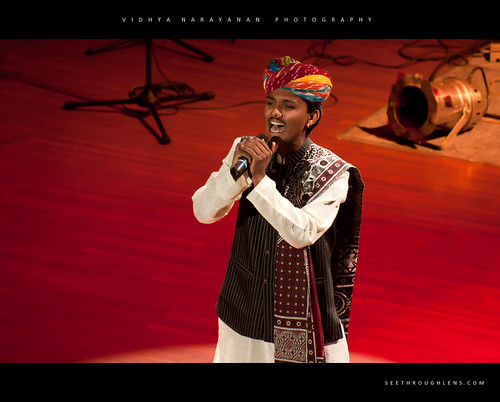
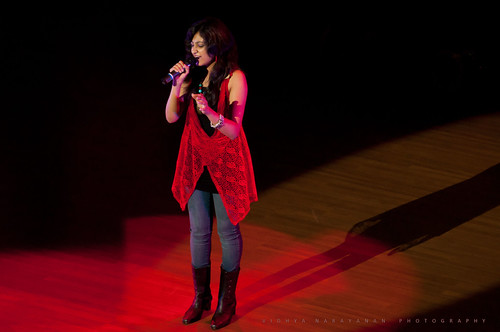
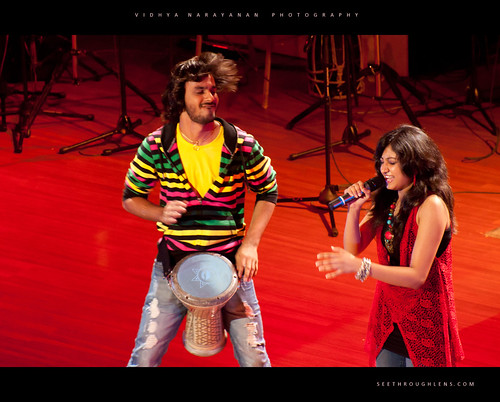
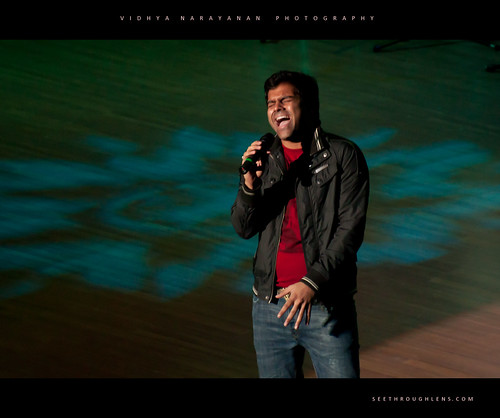
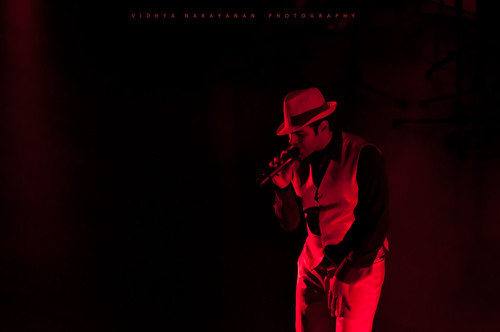
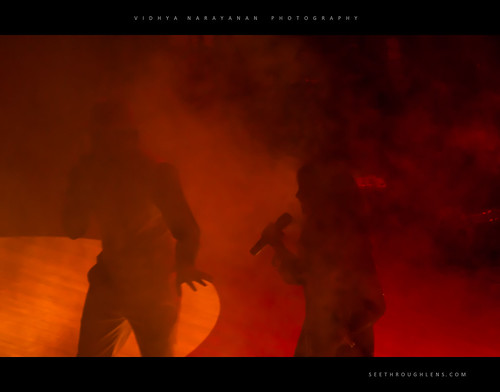

 Capgemini, the Paris-headquartered information technology services and consultancy firm, plans to hire 17,000 people in India [ Images ] in 2010, said the company while announcing its second quarter results. Its headcount in India at present is 26,000.
Capgemini, the Paris-headquartered information technology services and consultancy firm, plans to hire 17,000 people in India [ Images ] in 2010, said the company while announcing its second quarter results. Its headcount in India at present is 26,000. Sajjad Hussain/Agence France-Presse — Getty ImagesPedestrians shelter under umbrellas during a downpour in Mumbai earlier this month.
Sajjad Hussain/Agence France-Presse — Getty ImagesPedestrians shelter under umbrellas during a downpour in Mumbai earlier this month.